Electro galvanized wire is a vital material widely used in construction, agriculture, fencing, communication cables, and more. The machine responsible for producing this wire through an electroplating process is the electro galvanized wire machine. Understanding its working principle provides insight into how it enhances corrosion resistance and mechanical performance of steel wires. In this blog post, as a high performance galvanized wire machine exporter, Yifam will share the Working principle of electro galvanized wire machine for sale, including structure, operation and process flow.
Overview of Electro Galvanized Wire
Electro galvanized wire refers to low-carbon steel wire that has undergone a surface treatment process where a zinc coating is applied using electrochemical deposition. Unlike hot-dip galvanization, which submerges the wire in molten zinc, electro galvanizing uses a controlled electric current in a zinc salt solution to create a thin, uniform coating.
Key Advantages:
* Uniform and smooth surface finish
* High corrosion resistance
* Excellent adhesion for further coatings or plastic coverings
* Suitable for precision applications
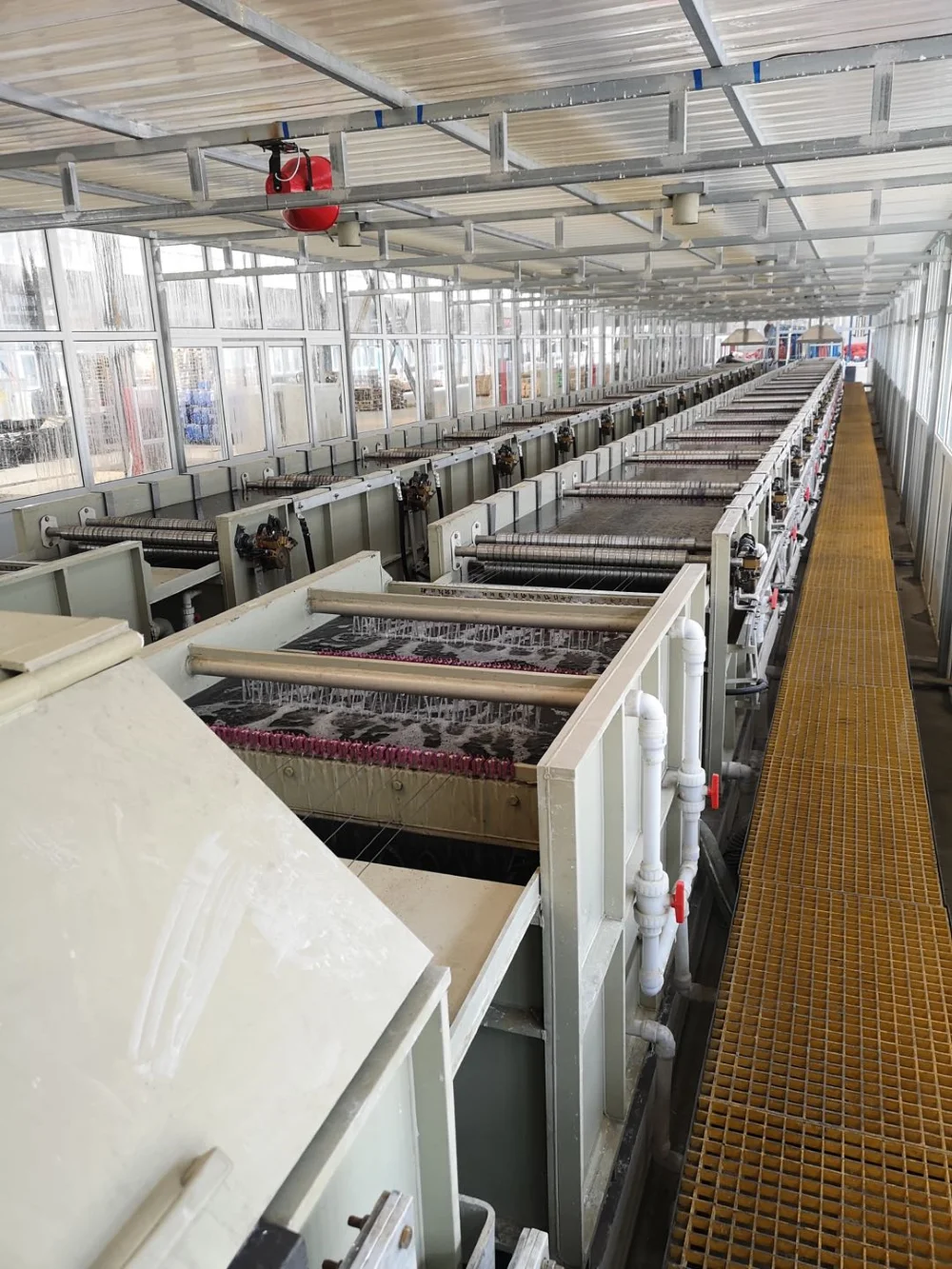
Key Components of Electro Galvanized Wire Machine
An electro galvanized wire production line is composed of several interconnected units, each responsible for a specific part of the galvanizing process. The main components include:
1. Pay-off Stand
Holds the steel wire coil and unwinds it smoothly for continuous processing.
2. Pre-cleaning Unit
Removes rust, scale, and oil from the wire surface using degreasing agents, acid pickling, or electrolytic cleaning.
3. Electrolytic Zinc Plating Bath
A central part of the machine where the actual galvanizing occurs. The bath contains a zinc salt solution (commonly zinc sulfate or zinc chloride), anodes (zinc plates), and the steel wire as a cathode.
4. Rinsing Tank
Removes residual chemicals after plating to prevent contamination or oxidation.
5. Drying Section
Uses air knives or heating systems to eliminate moisture and prepare the wire for spooling.
6. Take-up System
Rewinds the finished wire onto spools or coils for packaging and shipment.
Working Principle of Electro Galvanized Wire Machine
1. Surface Preparation
The process begins with thorough cleaning of the wire surface to ensure good adhesion of the zinc coating. This includes:
* Degreasing using alkaline or organic solvents
* Acid pickling to dissolve oxides and scale
* Water rinsing to remove residues
A clean, activated surface is essential for high-quality electroplating.
2. Electroplating Mechanism
At the heart of the machine is the electrolytic plating bath. Here, the wire acts as a cathode, and zinc plates serve as anodes. A DC power source supplies current through the electrolyte.
* Electrolyte Solution: Contains soluble zinc salts (e.g., ZnSO₄ or ZnCl₂), along with additives to control deposit quality and brightness.
* Ion Migration: Zinc ions in the solution move toward the negatively charged wire and are reduced to metallic zinc on its surface.
* Deposition Rate: Controlled by current density, plating time, solution concentration, and temperature.
This process allows precise control over coating thickness, typically ranging from 5 to 25 microns depending on application needs.
3. Post-Treatment and Finishing
After zinc deposition:
* The wire is rinsed in deionized water to remove plating residues.
* It passes through drying units (hot air blowers or infrared heaters).
* In some systems, a passivation layer is applied to enhance corrosion resistance and surface appearance.
Control Systems and Automation
Modern electro galvanized wire machines feature automated control systems for process consistency and quality assurance:
* PLC and HMI Systems: Control parameters such as voltage, current, wire speed, bath composition, and temperature.
* Sensors and Monitors: Detect defects, monitor thickness, and ensure uniform coating.
* Safety Mechanisms: Include emergency stop functions, overcurrent protection, and chemical leak detection.
Automation ensures energy efficiency, high production rates, and minimal human intervention, making the process reliable and scalable.
Environmental Considerations
Electro galvanizing involves the use of chemicals and heavy metals, so environmental safety is a critical aspect:
* Wastewater Treatment: Effluent from cleaning and plating tanks must be treated before discharge, often using neutralization, precipitation, and filtration methods.
* Fume Extraction: Acid fumes and hydrogen gas generated during electrolysis require proper ventilation and treatment.
* Resource Recovery: Zinc recovery systems can be implemented to reuse plating materials, reducing waste and cost.
Conclusion
The electro galvanized wire machine is a sophisticated, automated system designed to produce high-quality zinc-coated wire through an electrochemical plating process. From pre-treatment to final take-up, every step is optimized for efficiency, precision, and environmental responsibility. As industries demand higher performance materials, electro galvanized wire continues to offer a versatile and cost-effective solution backed by advanced manufacturing technology.
www.yifam.com
Yifam
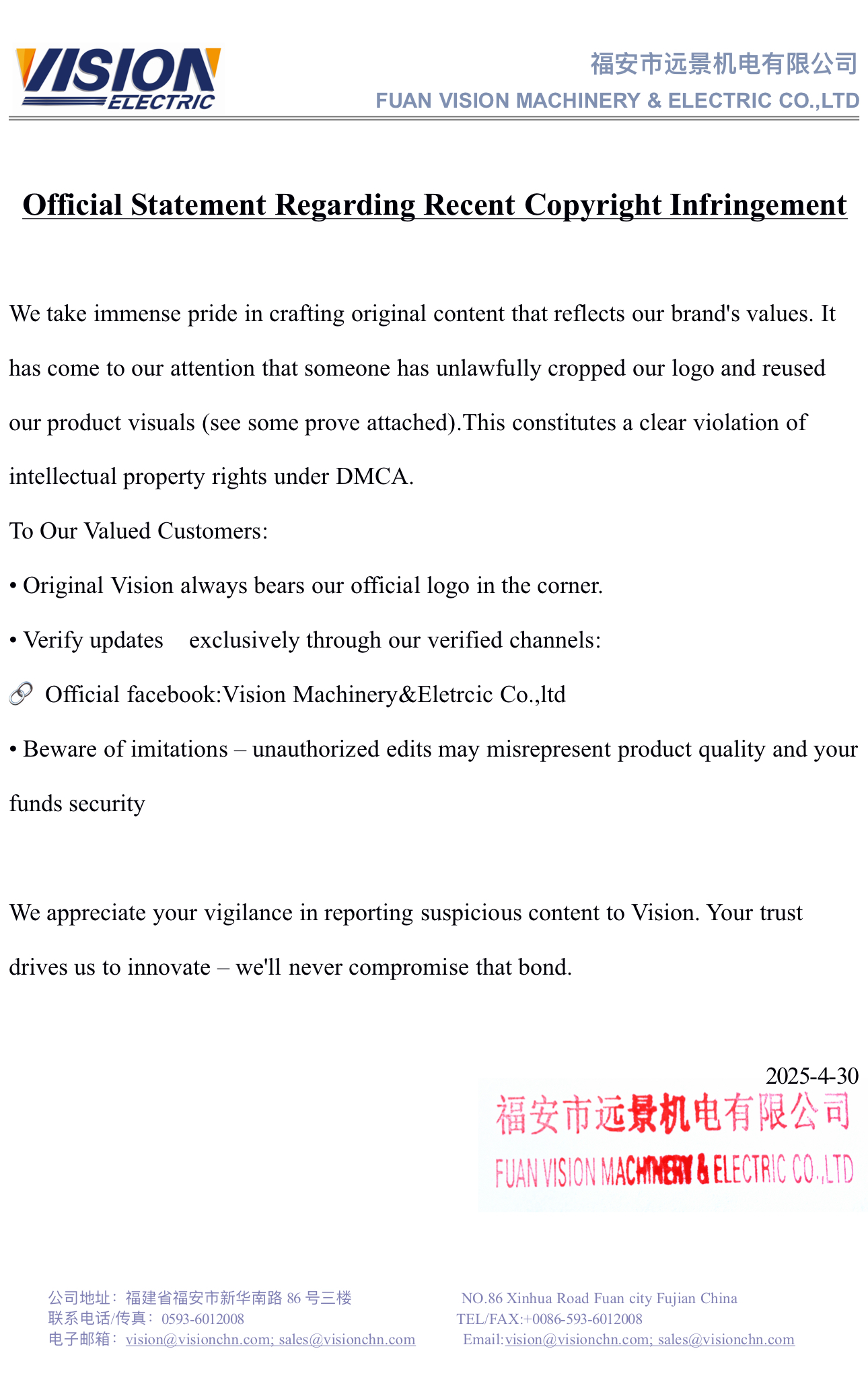
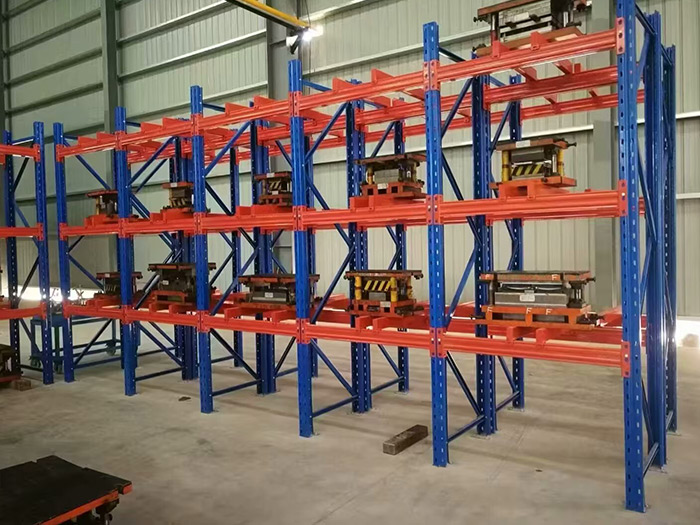
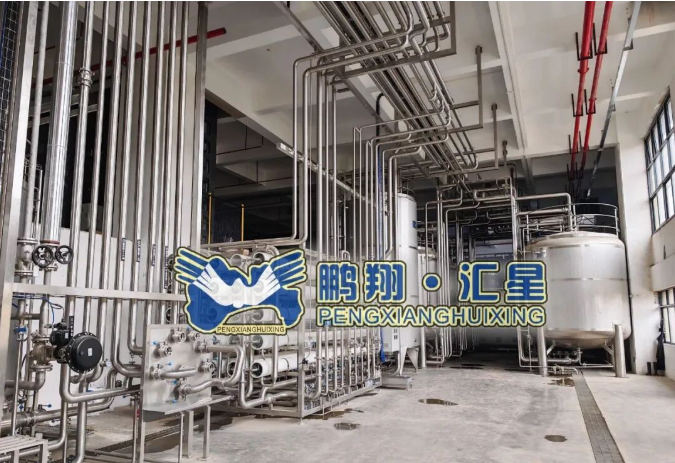
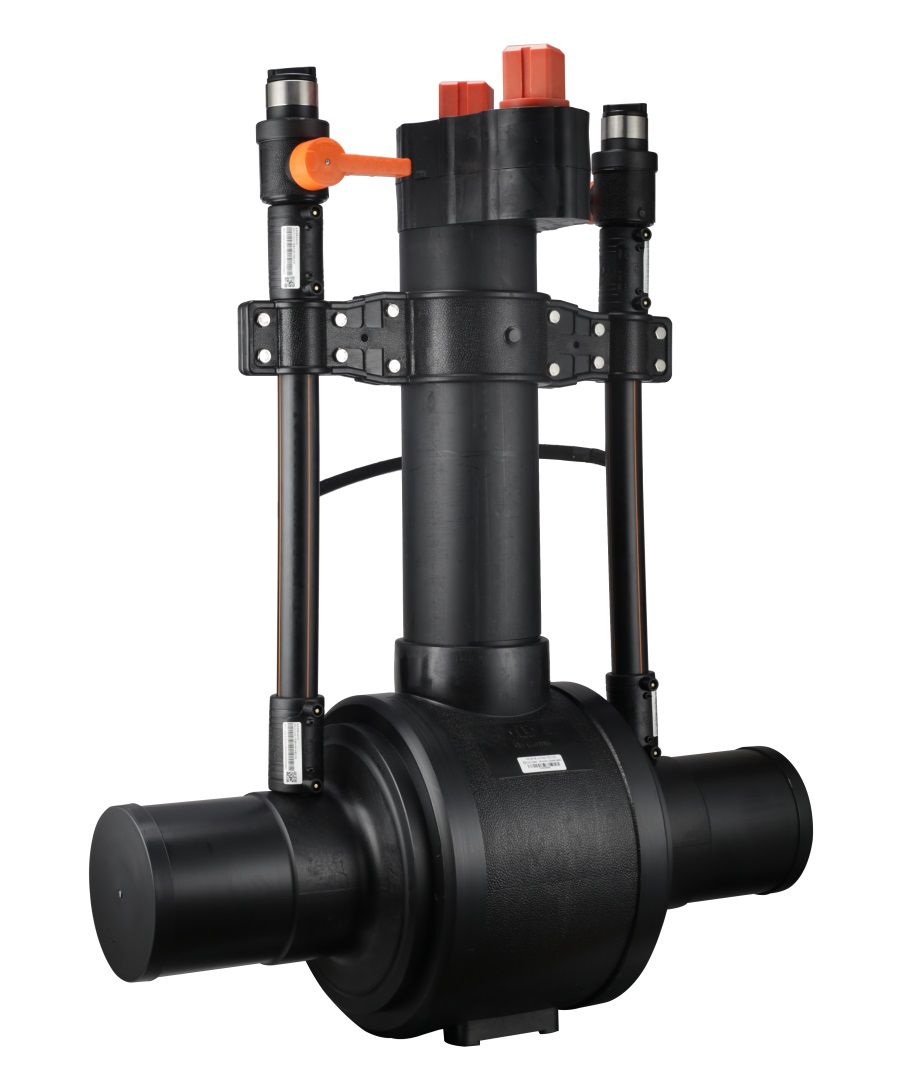


+ There are no comments
Add yours